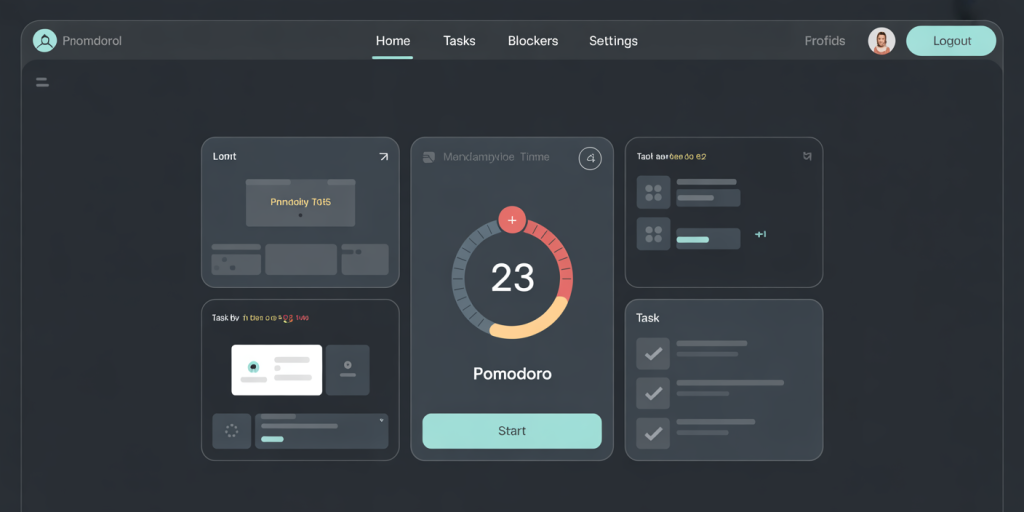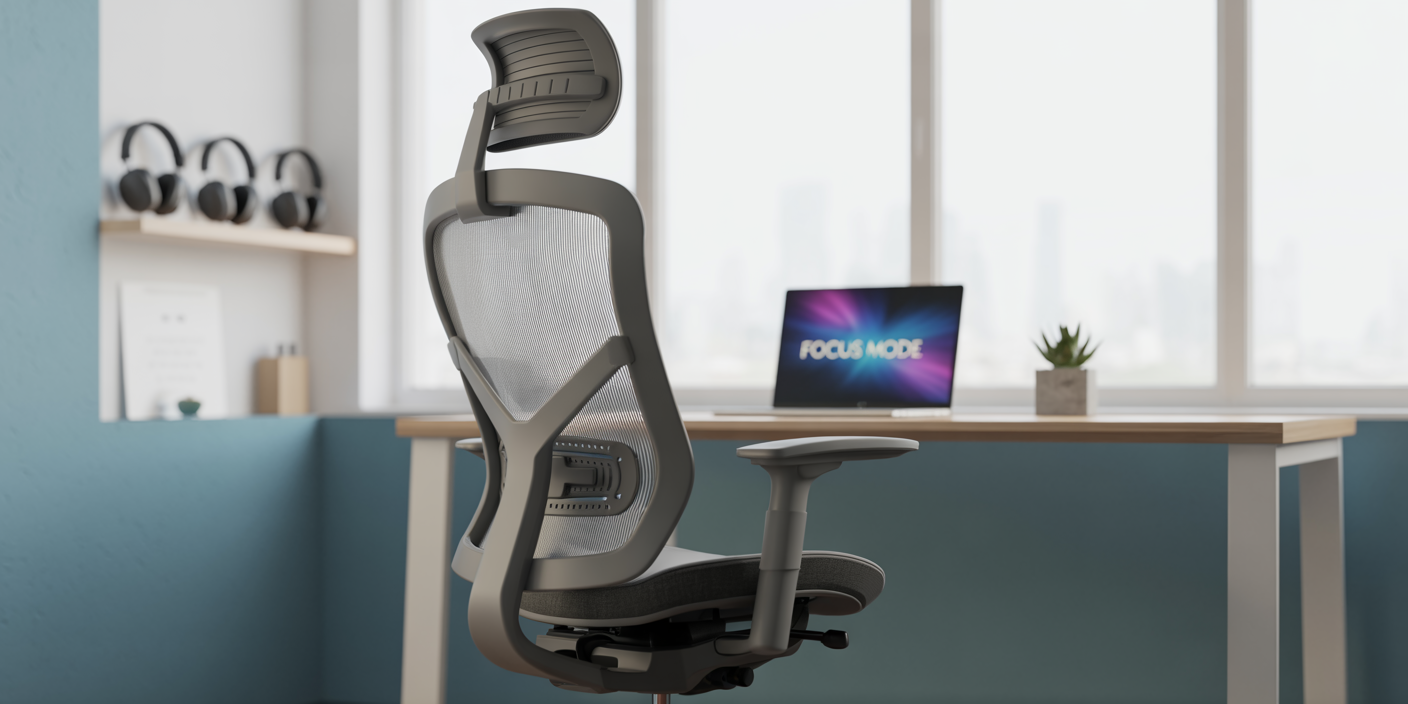In today’s fast-paced and interconnected world, maintaining focus at work is increasingly challenging. With open office plans, frequent digital notifications, and constant interruptions, employees often struggle to stay concentrated on their tasks. According to a study published by the American Psychological Association, distractions can reduce productivity by up to 40%, emphasizing the critical importance of focus in any work environment. This article explores practical strategies and proven techniques to enhance focus, even amid distractions, helping professionals reclaim their attention and efficiency.

Understanding the Impact of Distractions in the Workplace
Modern workplaces are rife with potential distractions that deteriorate employees’ productivity and well-being. Open-plan offices, intended to foster collaboration, often amplify background noise and visual interruptions, which can negatively affect cognitive performance. For example, a 2018 survey by Steelcase revealed that 89% of workers reported frequent noise disruptions as a major impediment to concentration.
Beyond physical distractions, digital interruptions such as email notifications, social media alerts, and instant messaging further fragment attention spans. A study by RescueTime noted that, on average, workers switch tasks every three minutes, highlighting how multitasking driven by distractions can impair deep work and detailed focus.
Workplace distractions are not mere annoyances but real productivity killers. Research from the University of California found that it takes about 23 minutes to refocus on a task after being interrupted. This “attention residue” can accumulate throughout the workday, significantly diminishing output quality and increasing stress levels.
Creating a Workspace That Supports Concentration
One of the foundational steps toward improving focus is optimizing the physical work environment. Personalized workspaces that minimize distractions can foster sustained attention and enhance productivity. For instance, employees who use noise-cancelling headphones or work in quiet zones report substantial improvements in focus.
Organizations have started redesigning workspaces to strike a balance between collaboration and quiet work. For example, tech giant Google segments areas for team discussions separate from individual focus zones, enabling employees to choose their environment depending on the task at hand. This flexible design helps reduce unwanted noise and visual distractions.
Lighting and ergonomics also play significant roles. Exposure to natural light has been linked to improved mood and alertness. A study in the Journal of Clinical Sleep Medicine demonstrated that employees exposed to natural light during work hours experienced a 51% decrease in incidents of eye strain and headaches, common contributors to distraction. Additionally, comfortable seating and desk arrangements prevent physical discomforts that can distract from work.
| Element | Impact on Focus | Practical Tip |
|---|---|---|
| Noise Level | High noise increases task-switching | Use noise-cancelling headphones or quiet zones |
| Lighting | Poor lighting causes fatigue | Maximize natural light and use adjustable lamps |
| Ergonomics | Uncomfortable posture distracts | Invest in ergonomic chairs and desks |
| Clutter | Visual clutter disrupts attention | Keep desks tidy with minimal items |
Leveraging Technology to Manage Interruptions

While technology can be a source of distractions, it also offers powerful tools to enhance focus when used intentionally. Time management applications, website blockers, and notification controls are essential allies for maintaining sustained attention.
For example, apps like Freedom and StayFocusd allow users to block distracting websites such as social media or news portals during designated work periods. In a corporate study involving 200 employees using StayFocusd, average daily distraction times dropped by 27%, and task completion rates improved by 15%.
Another practical technique is the Pomodoro Technique, which breaks work into focused 25-minute intervals followed by 5-minute breaks. Digital timers and apps such as Forest encourage disciplined work-rest cycles, reducing mental fatigue and increasing motivation. Microsoft reported that teams implementing Pomodoro-inspired approaches completed projects 18% faster.
Customization of notification settings is equally important. Turning off non-urgent email and chat alerts during deep work sessions prevents constant interruptions. Professionals in law firms and financial services often allocate specific times to check messages, enabling long, uninterrupted periods dedicated to critical analysis.
Cultivating Mindfulness and Mental Resilience
Improving focus is not solely about external changes; strengthening internal cognitive discipline is equally vital. Mindfulness practices, which train attention control and awareness, have shown promise in enhancing concentration, reducing stress, and improving emotional regulation.
A 2017 study published in the journal Psychological Science found that participants who engaged in daily 10-minute mindfulness meditation sessions exhibited a 10% increase in working memory capacity and a significant reduction in task errors. Corporate leaders at companies like Aetna and Google have incorporated mindfulness training programs, reporting improvements in employee focus and satisfaction.
Practical mindfulness exercises include focused breathing, body scans, and mindful breaks. Even brief pauses during work to observe one’s thoughts can help restore attention and combat the cognitive fatigue caused by distractions. Over time, cultivating such mental resilience makes it easier to filter out irrelevant stimuli and maintain immersion in challenging tasks.

Another related concept is the practice of setting clear intentions before starting each work session. Defining specific goals and mentally rehearsing them primes the brain for focused engagement, reducing susceptibility to distraction. High-performing professionals, including elite athletes and executives, routinely use this strategy to optimize concentration under pressure.
Organizational Policies and Culture to Support Focus
While individual efforts are essential, organizational culture and policies play an integral role in shaping employees’ ability to focus. Companies that recognize distractions as a critical challenge often implement measures to foster environments conducive to deep work.
For instance, limiting unnecessary meetings, enforcing “no meeting” days, or designated focus hours minimizes interruptions on a collective level. At Dropbox, the introduction of “quiet Wednesdays,” where meetings and internal communications are minimized, resulted in a reported 25% boost in creative output and problem-solving speed.
Flexible work arrangements, such as remote work or hybrid models, can also reduce office distractions. According to a Gallup poll from 2023, 54% of employees cited quieter home environments as beneficial for concentration compared to traditional workplaces. However, organizations must balance this with effective communication protocols to avoid digital distractions.
Training managers and employees to recognize the impacts of distraction and respect focused work time can reinforce positive behaviors. Cultivating norms where deep-focus work is valued reduces stigmas around unplugging from emails and internal chat apps during critical tasks.
| Policy Type | Benefits | Example Implementation |
|---|---|---|
| Meeting reduction | Fewer interruptions, more focus | “No meeting” days (Dropbox) |
| Flexible schedules | Tailor work hours to energy peaks | Hybrid and remote work options |
| Focus time blocks | Protected time for deep work | Company-wide focus hours |
| Mindfulness training | Improved attention control | Corporate mindfulness programs |
Preparing for Future Challenges and Innovations in Focus Optimization
The future of focus improvement in work environments will likely be shaped by advancements in technology, workplace design, and cognitive science. Increasing use of artificial intelligence (AI) and machine learning tools may personalize distraction management by analyzing individual attention patterns and suggesting optimal work schedules or break timings.
Wearable devices monitoring brain activity or stress levels could provide real-time feedback to employees, alerting them when focus wanes and recommending mindfulness exercises or micro-breaks. For instance, startups like Muse and FocusCalm already market headband devices for neurofeedback training, with promising early results in enhancing cognitive control.
Workplace designs will continue evolving with biophilic elements such as indoor plants, natural materials, and even virtual reality environments tailored for concentration. These elements are proven to reduce mental fatigue and improve mood, factors strongly linked to sustained attention.
Moreover, corporate cultures are expected to increasingly value mental health and well-being, recognizing that focus is intertwined with overall employee satisfaction. Policies promoting work-life balance, reduced digital overload, and mental resilience training will become standard practices in future workplaces.
Organizations that proactively adopt these innovations and strategies will gain a competitive advantage by maximizing employee productivity and creativity, even when working amid unavoidable distractions.
—
Maintaining focus in distracting work environments is a multifaceted challenge requiring a combination of physical, technological, mental, and organizational strategies. By designing adaptable workspaces, leveraging technology judiciously, cultivating mindfulness, and fostering supportive workplace cultures, employees can significantly improve their concentration and performance. As workplaces continue to evolve, integrating emerging tools and methods will be essential in creating sustainable work environments that empower professionals to thrive despite distractions.

Deixe um comentário